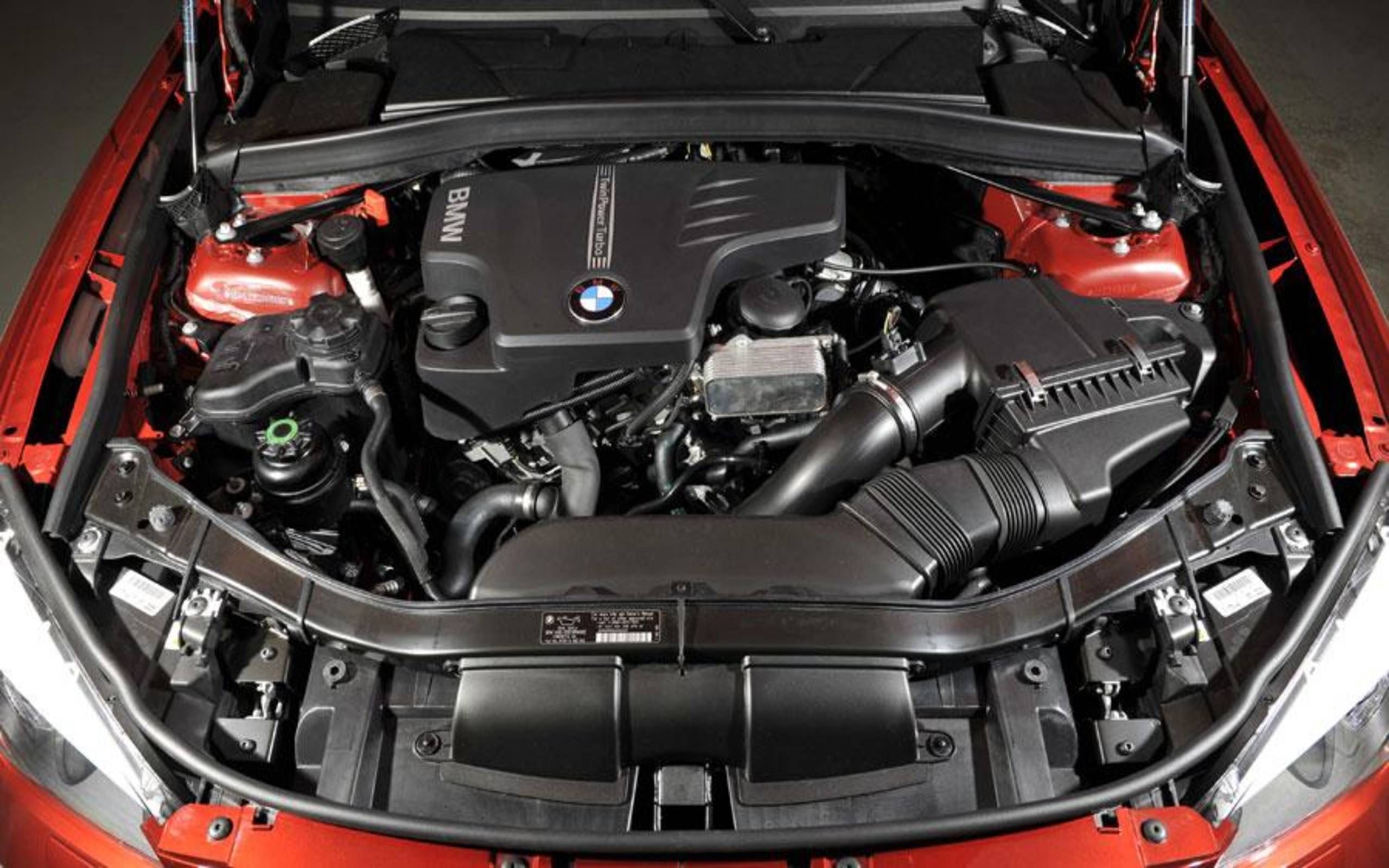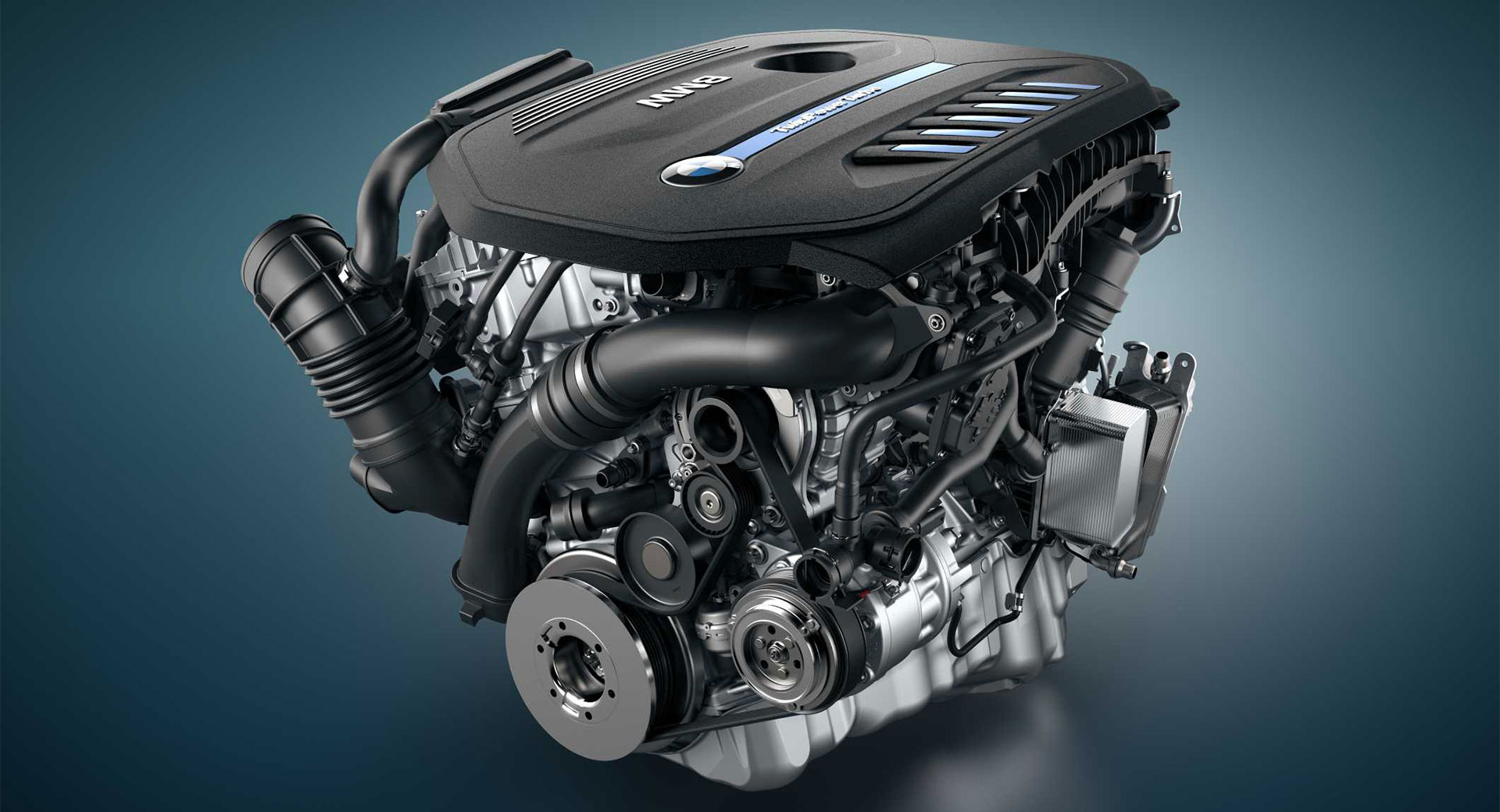How to Keep Your BMW Engine for Optimal Efficiency and Durability
How to Keep Your BMW Engine for Optimal Efficiency and Durability
Blog Article
Discovering the Evolution of Combustion Engines in Modern Transportation Systems
As we browse the landscape of contemporary transport, the advancement of combustion engines stands as a testament to human ingenuity and engineering expertise. The interaction of history, modern technology, and ecological problems in shaping the trajectory of combustion engines creates a story that is both compelling and informative.
Early Beginnings of Combustion Engines
Just how did the idea of burning engines first emerge in the very early phases of transportation growth? The origins of combustion engines can be mapped back to the 17th century when the concepts of internal burning were initial explored.
The innovation moment featured the invention of the very first effective gasoline-powered engine by Karl Benz in 1885 - bmw engine. This engine paved the method for the growth of the modern vehicle, revolutionizing transportation systems worldwide. Succeeding developments by Nikolaus Otto and Gottlieb Daimler better refined combustion engine modern technology, leading to the mass manufacturing of automobiles and the fast development of the transportation industry
These early combustion engines were identified by their simplicity and effectiveness, laying the foundation for the complicated and powerful engines used in contemporary transportation systems. The evolution of combustion engines has contributed fit the way we take a trip and transport goods, noting a substantial milestone in the background of transport growth.
Shift to Internal Burning Technology
The change to inner burning modern technology marked a crucial change in the development of transport systems. This change started in the late 19th century, with developers like Nikolaus Otto and Gottlieb Daimler creating the very first successful internal burning engines. These engines reinvented transportation by offering an extra effective and powerful alternative to vapor engines and electric motors.
One of the crucial advantages of inner combustion engines was their ability to be reduced to fit into vehicles, bring about the advancement of motorbikes and autos. This shift from bulky, fixed engines to compact, mobile ones led the way for the modern-day transportation systems we see today.
The change to interior burning innovation additionally spurred developments in gas technology, bring about the advancement of fuel and diesel as main gas sources for automobiles. This shift not just made transportation extra easily accessible to the masses however additionally laid the foundation for the oil and gas industry to come to be essential to international economic climates.
Influence of Combustion Engines on Transport
The adoption of burning engines in transportation systems militarized an extensive shift in the performance and speed of international movement. Burning engines transformed transport by providing a trusted and versatile resource of power for numerous cars, consisting of vehicles, trucks, planes, and ships. This innovation substantially enhanced the ability for items and people to conform fars away in shorter time structures, bring about increased connectivity in between areas and nations.
Additionally, the extensive usage of combustion engines has had a significant influence on financial development. The capability to deliver items successfully has actually stimulated profession and business, permitting organizations to increase their markets and get to customers worldwide. This has assisted in financial development and globalization, as products can currently be transferred faster and in larger amounts than ever.
However, the ecological effect of combustion engines can not be ignored. The combustion of fossil fuels has actually brought about air contamination and greenhouse gas exhausts, contributing to climate change and posing wellness threats to populaces. bmw engine. Consequently, there is an expanding emphasis on establishing alternative propulsion technologies to mitigate these adverse effects and produce a more lasting future for transportation
Advancements in Burning Engine Design
Numerous advancements in burning engine design have actually propelled the advancement of transport systems over the decades. One significant technology is the growth of turbocharged engines, which use exhaust gases to drive a wind turbine that compresses inbound air, permitting more fuel to be scorched, resulting in raised power outcome without a considerable rise in engine size. Additionally, straight injection innovation has actually boosted gas performance and performance by precisely regulating the amount and timing of gas infused into the burning chamber. Variable valve timing systems have also reinvented engine design by enhancing air movement at different engine rates, boosting both power and efficiency. An additional significant innovation is the integration of lightweight products such as carbon fiber and light weight aluminum alloys, reducing general engine weight and boosting vehicle fuel economic climate. Furthermore, improvements in computer-aided layout have home enabled engineers to enhance engine efficiency and performance through simulations before physical prototypes are developed, conserving time and resources in the growth process. These developments jointly add to the continual renovation of burning engines in modern-day transport systems.
Future Fads in Combustion Engine Development
With technology innovations driving continual development, the future of combustion engine growth is poised to transform transport systems internationally. One of the key fads in combustion engine growth is the press towards better effectiveness and reduced exhausts. Producers are spending heavily in research and development to enhance engine efficiency while fulfilling strict ecological guidelines. This includes the combination of advanced gas injection systems, enhanced turbocharging methods, and using lightweight materials to optimize fuel intake and decrease carbon exhausts.
One more prominent pattern is the adoption of hybrid innovations in combustion engines. Hybrid engines integrate click for source standard combustion innovation with electrical power, supplying boosted gas efficiency and reduced emissions. As the automotive sector shifts in the direction of electrification, hybrid combustion engines are viewed as a transitional remedy that connects the space in between standard lorries and completely electrical ones.
In addition, the combination of clever technologies, such as fabricated knowledge and information analytics, is anticipated to play a considerable function in the future of burning engine development. These technologies can optimize engine performance in real-time, bring about a lot more reliable burning processes and enhanced overall automobile performance. Welcoming these future patterns will certainly not only drive development in combustion engine advancement but likewise contribute to a more lasting and eco pleasant transportation community.

Verdict
In verdict, the development of combustion engines in contemporary transportation systems has actually been noted by substantial developments in innovation and layout. From the early starts of combustion engines to the transition to interior combustion innovation, these engines have actually had an extensive effect on transportation.
The origins of see this page combustion engines can be traced back to the 17th century when the concepts of inner burning were initial explored. These engines changed transportation by offering an extra powerful and reliable alternative to vapor engines and electrical motors.

Report this page